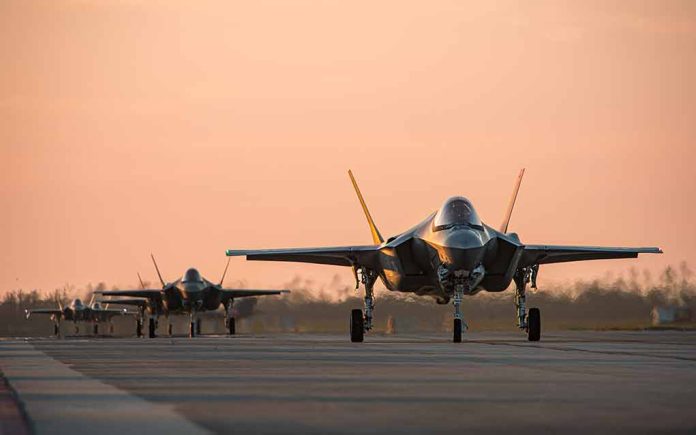
The United States has forcefully condemned China’s actions in the South China Sea following a collision between a Chinese vessel and a Philippine supply ship near Second Thomas Shoal. The incident prompted a stern rebuke from Washington, stressing its “ironclad commitment” to the Philippines under a 1951 mutual defense treaty.
The collision occurred in the Spratly Islands, a region fraught with territorial disputes. Both nations blamed each other, complicating an already tense geopolitical landscape.
The U.S. State Department spokesman Matthew Miller expressed strong opposition to China’s actions. He affirmed that “the United States stands with its ally the Philippines and condemns the escalatory and irresponsible actions” by China.
The U.S. stands with the Philippines. We will not be intimidated by China’s aggression.
The House-passed FY25 #NDAA provides continued support for our allies and partners in the Indo-Pacific.https://t.co/J2dzhq4MJn— Armed Services GOP (@HASCRepublicans) June 18, 2024
Geopolitical Ramifications and Reaction
China’s Coast Guard claims that the measures taken, which included warnings, interceptions, and forced evictions, were necessary responses to the Philippine ship’s incursions. They assert “indisputable sovereignty” over almost all of the South China Sea, drawing the ire of neighboring countries.
“The U.S. condemns the PRC’s aggressive, dangerous maneuvers near Ayungin (Second Thomas) Shoal, which caused bodily injury, damaged Philippine vessels, and hindered lawful maritime operations to supply food, water, and essential supplies to personnel within the Philippine exclusive economic zone,” stated Washington’s ambassador to Manila MaryKay Carlson. – Source
This incident has heightened concerns among U.S. allies about China’s maritime ambitions. Philippine Defense Minister Gilberto C. Teodoro, Jr. denounced China’s actions as obstacles to peace and stability in the South China Sea.
Legal and Political Context
An international tribunal has previously ruled that China’s extensive claims in the South China Sea have no legal basis. However, China continues to act unilaterally, enforcing its claim with a new law that allows its coast guard to seize foreign ships and detain crews.
The Philippine ship was on a mission to supply soldiers stationed on the BRP Sierra Madre, a grounded warship serving as an assertion of territorial claims. The stakes are high, as Philippine President Ferdinand Marcos Jr. has warned that the death of a Filipino in the South China Sea could be close to an act of war. – Source
The Filipino crew continued their mission despite the collision, a testament to the resolve of the Philippines to secure its maritime sovereignty.
Conclusion
The collision between a Chinese vessel and a Philippine ship is yet another flashpoint in an ongoing maritime conflict posing significant risks to regional stability. The United States’ firm stance illustrates the critical nature of the U.S.-Philippine alliance and the broader implications for international maritime law and order. – Source
As the situation continues to evolve, the international community will closely watch how these dynamics unfold and whether diplomatic efforts will mitigate the potential for escalated conflict.













